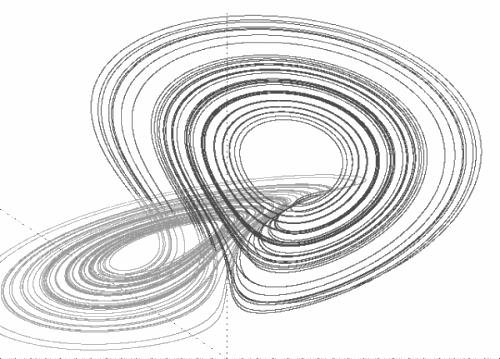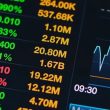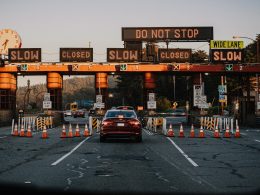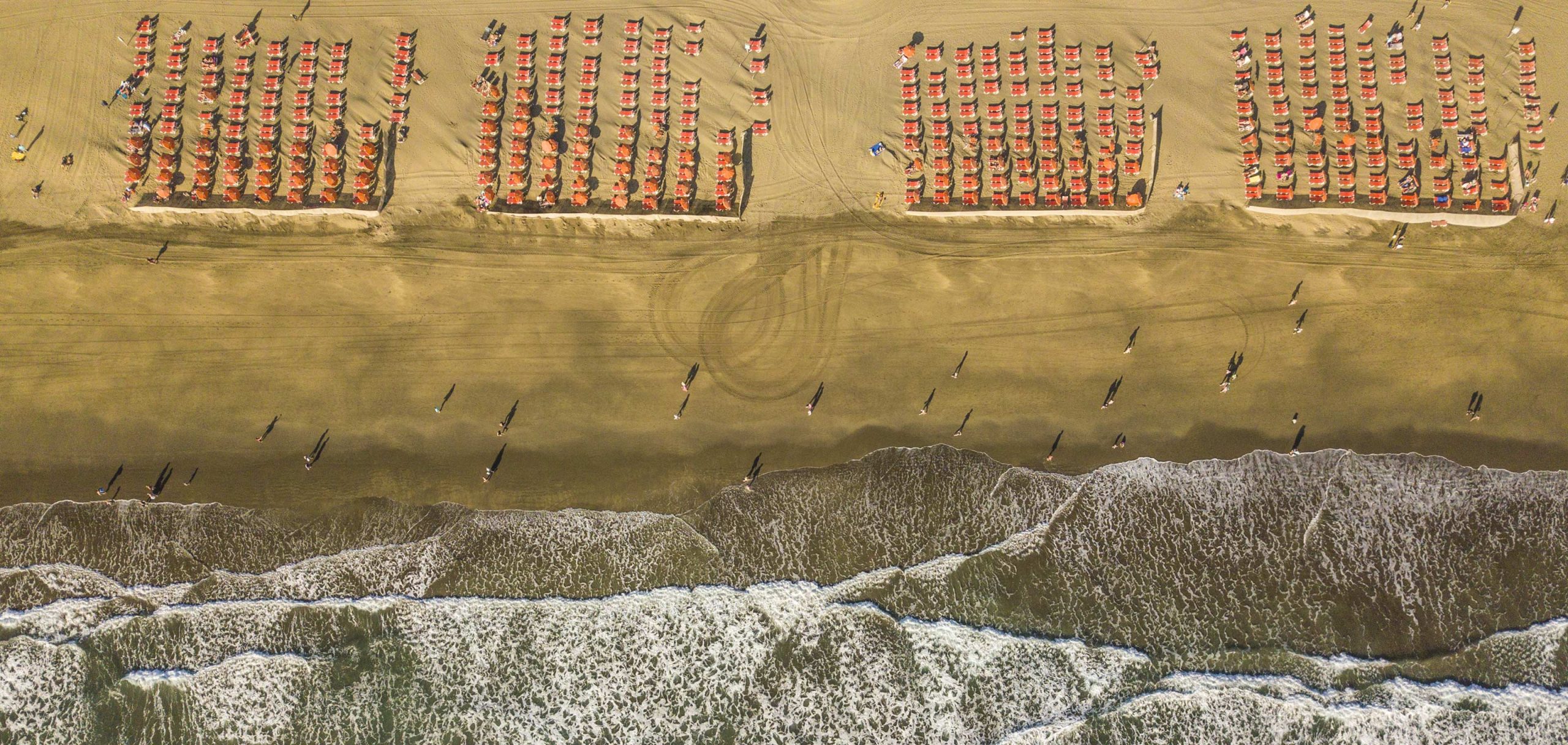by David Malone, author of The Debt Generation
I wonder if we are reaching what we might call ‘Peak Collateral’? That state when the creation of assets, which the market will accept as collateral, is insufficient to sustain the demand for credit.
It’s funny isn’t it, how the terms we use, or are encouraged to use, have such an influence on how an analysis unfolds. So much of the eventual conclusion is already encoded in them. Especially the terms we are encouraged to choose as our starting place. Our leaders and the bankers have been so very concerned that every analysis begin and end with liquidity. But I think it is becoming clearer by the month that collateral is a more revealing term.
When Lehman Brothers and AIG collapsed was it just a shortage of liquidity? No of course not. That’s like saying a man with the plague died of a high temperature. Certainly he had a temperature when he died but it was a symptom not a cause. Both Lehmans and AIG were running out of collateral and without collateral for the oxygen of repo and short term funding, they began to suffocate. Once those two began to choke, the money ran out for others. The collapse of Depfa and Hypo in Germany/Ireland, for example, was a direct result of them not being able to get the funding they relied upon from their sugar-daddy funder, AIG. That created a domino effect. AIG had run out of assets that it could pledge as collateral. It could not raise money that it could then use to lend to HYPO/Depfa. Hypo in turn had such poor assets they too had little or no chance of anyone accepting them as collateral.
It seems to me we are moving back to a similar situation. You might ask, out of sheer exasperation, how it could be, given all the tough talk and all the new requirements for capital and risk management? How, after all the bailing outs and now ins, all the endless and global QE, all the new rules and capital buffers, that we do not seem to have really got anywhere?
The image that comes to my mind is of the strange attractors which govern the lives of any non-linear system. And global finance is certainly made of many such non-linear systems.

This is the Lorenz attractor that governs convection in liquids and is thus one of the attractors which makes our weather both unpredictable and relatively stable. And it is this unpredictability within parameters which is one hall-mark of non-linearity.
Within an attractor, trajectories appear to jump around, taking hair-pin turns, reversing and re-reversing without warning, or rhyme or reason. Yet for all their unpredictability they are always orbiting within the shape of the attractor. The attractor is simply a map of all the possible states the system can be in. Each point on the attractor is the state of the entire system at one moment.
It turns out that non-linear systems which are massively unpredictable from moment to moment, are nevertheless still bounded. Map all the possible states the system can be in, and you find a shape. That shape is the attractor. All the system’s many states exist within its bounds. Every trajectory, no matter how alarming in its twists and turns, collapses and recoveries, is some complex orbit within this shape – this attractor. And this, I think, is what we have been following for the last 5 years since that first set of dislocations occurred - another orbit of the attractor we have never left nor attempted to alter or escape from.
Our political leaders and their financial masters have made it clear that they will not really countenance any real change to the system. They were always willing to talk of ‘better’ rules or ‘tighter’ regulations but never of systemic changes. And thus, I would argue, nothing that has been done has changed the underlying nature of the global financial system nor, therefore, of the attractor or coupled attractors which govern it. We, therefore, have been careening round the same attractor as before, mistaking the gyrations and permutations inherent in it, for signs of change.
Every attractor has a central region where the non-linearity resides. In the Lorenz attractors it is on the central saddle. For the last 5 years we have simply been passing through this region and being flung about as we did so.
Of course a system like the financial one is not governed by a single attractor. There are surely many. I am interested in the role and trajectory of ‘collateral’.
There are conflicting forces pushing and pulling at the route collateral takes. On the one hand everyone is desperate for yield. They want assets which give as high a return as they can find and that generally means assets that are unsafe and full of risk. Such assets are lucrative but, because they are risky, are not easily pledged as collateral themselves, and in fact require a lot of regulatory capital (other assets) held against them.
On the other hand, the same people who want risky assets, also want assets which are as AAA safe as possible. These are not lucrative themselves but can be used as collateral for short term funding and/or as regulatory capital against the riskier assets.
The more risky the assets you have, the higher your VaR (Value at Risk) and your Counterparty Risk ( the risk that you may lose money because the businesses to whose fortunes you are linked, via you assets, may themselves lose money) which are two of the main things that determines how much regulatory capital you need to find and hold.
You may well look at these two conflicting desires and wonder what the problem is. Surely it is just a matter of a prudent balance which can be adjusted as times and needs change? And of course you are right. In the ‘normal’ course of events one person wants to re-balance in one direction, another the other way and the market is there to facilitate.
Two problems arise however when times are not normal. And ours are not.
That neat notion of the market facilitating people wanting to re-balance one way or another presupposes that people’s needs are evenly distributed. Some need more risk others less, some more collateral others less. But what happens to this happy picture if everyone has too many risky assets and wants fewer, all at the same time? Or when everyone wants solid assets to hold as collateral all at the same time? The market is useless at those times because the market is only the pairing of seller and buyer. If there is no balance then there is no market. The invisible hand becomes palsied.
What people really want is assets that are both high yielding and safe enough to pledge as collateral. And where there is a desire the market will provide. And what it provides, seen from the outside, is a bubble. A bubble of unreasoning and unreasonable exuberant make-believe that something that is risky is also safe.
In 2007 risky and lucrative but still safe and pledge-able was mortgage backed securities. Today the same role is played by sovereign debt. Our lords and master did nothing to alter the system and the desires and distortions it demands/creates, they have merely found a new way of satisfying and sustaining the system. That it has jerked and convulsed back to life, they are keen to call ‘fixed’ and ‘recovered’. Re-animation is perhaps better. Nothing has been fixed. Certainly nothing changed.
Where ratings agencies rated any old securitized tat as AAA, today governments and international bail out funds make extravagant claims of being willing to do ‘whatever it takes’ to ensure that government debt is risk free. This has opened a wonderful world where nations can be kept in a state of permanent poverty and panic, forcing yields on their debt up to very lucrative levels, while also allowing them to be held as risk free and therefore perfect collateral. How quickly do you think the banks want to see those nations ‘fixed’? I would hazard that they would prefer that nations are held in this perfect state of fiscal impotence for as long as it takes to arrange the fire sale of its real assets.
All of which, to my mind, describes where we are. A seeming victory for the banks and financial class.
And yet…
As I have written before, the real risk of assets cannot be magicked away. It can be traded, as it is being, in magic sounding new trades to new people, who assure you they can contain and manage the risk in your assets in return for a fee. You keep the assets, they take the risk.
Believe the soothsayers of regulatory arbitrage, and the risk which used to weigh upon your balance sheet, disappears out of sight out of mind. Gone to some mathematical null space from which we are told it cannot escape. But we all know it can and will.
Where is this regulatory capital trade putting the risk really? As far as I can trace it, it is being bought by hedge funds. And who owns those hedge funds (owns their shares)? Pension funds. Ooops! Once again the market’s answer to those who say too much risk is systemically suicidal, is not to reduce risk but to put it where the regulators are not looking.
At the same time as risk is once again accumulating out of sight and mind, collateral too is once again becoming a problem. The problem is no one is creating new assets which really are safe and solid. They aren’t because everyone is labouring under such an overhang of debt and bad debt that the organic growth of wealth producing activity (researching and developing and then making and selling stuff) is too slow.
Everyone wants yield now, if not sooner. And when I say everyone, I mean the financial world and those Treasury parts of businesses which are more a part of the financial world than they are a part of the manufacturing company whose name they carry. Think of the financial arm of GE or GM.
Everyone wants collateral. They want it in order to pledge to central banks in order to get those AAA rated sovereign bonds. They want it to pledge for short term funding so they can keep breathing at night. They need it in order to be declared safe with adequate capital held against their loans.
But no one wants it really, not from the yield point of view. Better to say they are forced to ‘want’ it. If they can find a way to have collateral that is somehow also high yielding they would much rather have that. Which is at least part of why Cypriot and Greek banks held so much Greek debt and why MF Global kept buying Greek and Italian debt rather than safe German debt, till it all blew up and everyone but Joe Corzine got hurt.
Collateral is getting scarce. What truly is safe, has long ago been pledged mainly to the central banks. The rest has been ring-fenced into covered bonds and other super-safe investments. None of it also pledged elsewhere or re-hypothecated onwards to prop up other loans – honest! Even the central banks have had to relax and further relax their rules about what they will accept as safe enough to act as collateral for a central bank loan. Once it was genuinely AAA rated assets. Now if you have a beach towel from a Club Med holiday you once took, it’ll do.
Once we had fiat money. Today we have super fiat. ultra fiat and super ultra zero-content fiat.
Why do you think China is buying more and more gold? I wonder if China isn’t preparing for a contingency of a currency implosion and is making sure it has the necessary gold reserves to market the Yuan as the only ‘gold’ backed global currency. Just a thought.
Anyway, I shall bring this ramble to a close. This is what happens when I don’t write for a while. My apologies.
Peak collateral is just a notion. The notion that at the time we want yield and growth we are running out of collateral which is supposed to underpin the high yielding assets and loans. Such a shortage would cause the ponzi-like growth that is necessary to sustain a bubble, to stall and then implode. I think our lords and rulers know this and have decided that it must not be allowed. And this – the need for collateral – is the reason for the endless QE. If this is even close to the mark, then recent murmurings about the Fed tailing off its bond buying will prove to be hollow. The Fed will quickly find it cannot exit QE without precipitating precisely the disorderly collapse, to which it was supposed to be the solution.
The replacement for AAA rated, yet very risky/lucrative mortgage backed securities is AAA yet junk sovereign debt that can never default but sometimes does.
What all this is enabling is the looting of those nations that are already upon the debt rack. Will it sustain? No of course not. But what does that matter to those enriching themselves in the mean time.
Sorry this has been such a ramble. I just needed to write something, anything, to prove to myself I still can.
Whether I still should is another matter.
Copyright © David Malone










